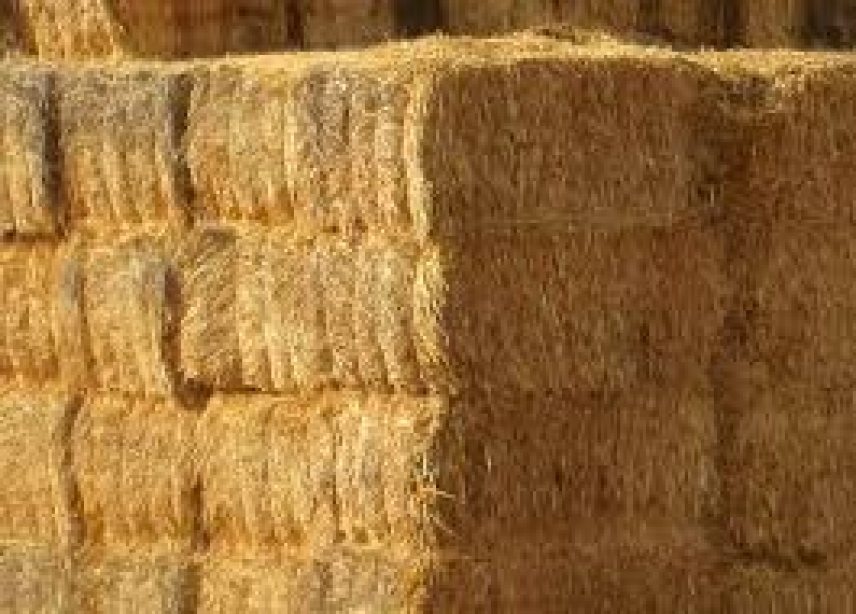
The study, published recently in the International Journal of Biological Macromolecules (Q1), sought to assess the use of lignin as a replacement for the plastic polymer polyvinylidene fluoride (PVDF). PVDF is used to bind other components in lithium batteries (used for example in mobile phones, laptops and electric cars); this polymer – a petrochemical derivative which is expensive to produce and harmful to the environment – is crucial to prevent the rapid degradation of the positive and negative poles of the battery, which would otherwise lose all its energy and become useless.
Wheat straw – plant dry matter also known as lignocellulosic biomass – is now mainly used in cattle feed, as well as in controlled burning and other applications of little economic value. Juan Domínguez-Robles, the lead researcher on this project, explains that the first step was to separate lignin from cellulose using the “soda pulping” process, prior to characterising the lignin obtained and investigating its possible applications.
When lignin was used instead of the toxic lithium-battery component, the energy storage results were almost identical; moreover, the process “ensures not only environmental but also economic benefits, due to a marked reduction in costs”. The lignin obtained from wheat straw performs exactly the same function as PVDF, binding the other battery components. Lignin acts as a natural glue, binding the active particles in the battery’s electrodes. Without this binder, every time the battery was charged and used, the particles would separate; connectivity would be lost, the battery would drain, and the electronic device in question – mobile phone, laptop, or car – would run down.
Batteries are composed of cathodes and anodes. To date, the RNM-271 and FQM-175 research teams at UCO’s Department of Inorganic Chemistry and Chemical Engineering have focused on the replacement of PVDF by lignin in anodes, so the next step will be to test them in cathodes. If trials yield equally promising results, “the spectrum of applications of lignin could be expanded to include its use as a binder in complete batteries”. The research team also plans to use lignocellulosic materials alone to make a 100% sustainable supercapacitor – a device which delivers a large amount of power in a very short time, and could prove essential for the fast charging of car batteries.


